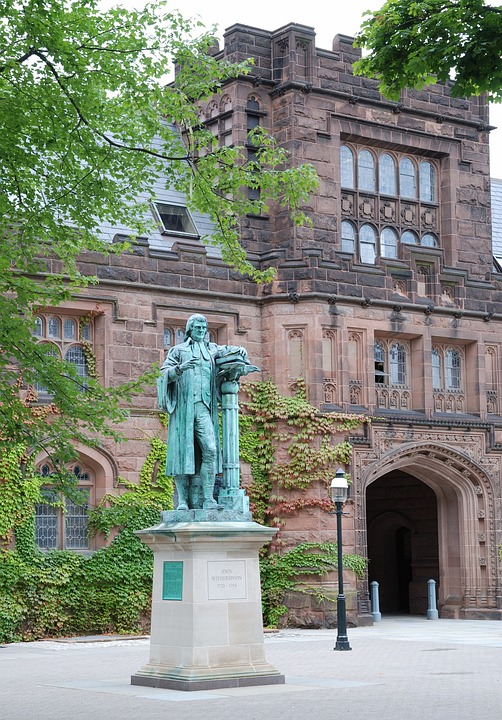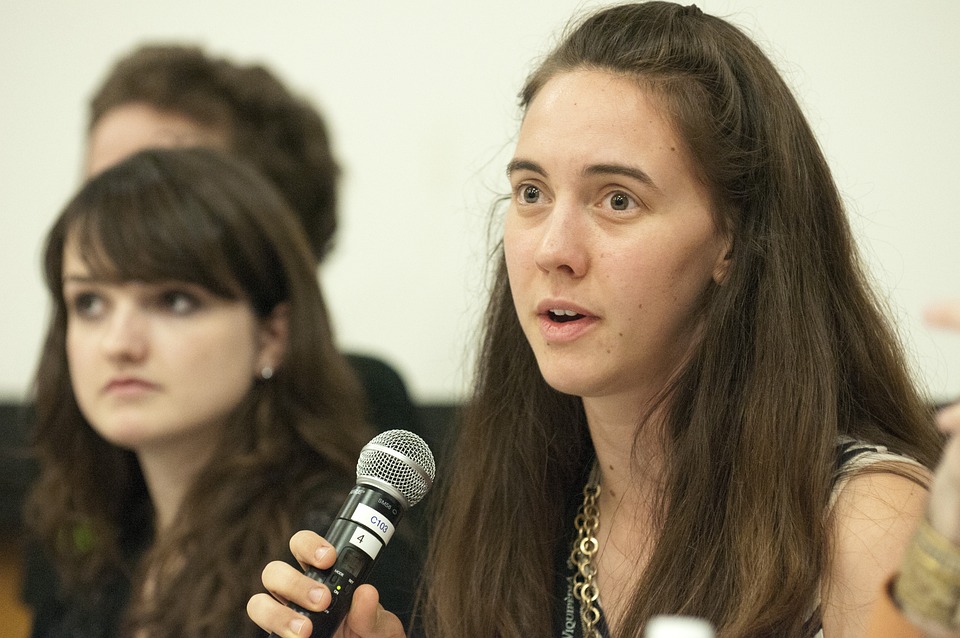Podcasting is just one technology among the entire suite of web-based technologies used in distance education. In addition, broadcasting can be used in many different educational ways. Therefore, there are many possible combinations of podcasts in education.
For example, consider combining teacher podcasts with student and teacher discussion groups, and blogging student presentations via video blogging. Or perhaps a face-to-face class where students create a podcast project that alternates across several study sessions. This way students can participate in an exchange of research and views on the course materials.
The point is, we don’t have to limit ourselves to one educational model. This hypothesis is especially true when we have the opportunity to work with digital natives who may very well stimulate new perspectives on content during the creative process.
Podcasting was a movement whereby more of the general public could be a part of the media. It’s called “media democratization”.
In a similar way, couldn’t podcasting be a push in the direction of co-learning in colleges and universities? Perhaps we can start to see teachers and students share, interact and engage more through these mediums. Professors are content experts, and students can provide expertise in digital culture. This provides a place where we may have a creative relationship.
In addition, big questions lie ahead that I believe students of all ages in higher education can explore, such as:
- The political issues that collide in the cramped spaces of our classrooms
- Cultural understandings to be understood within our local and global communities
- Economic issues that affect audiences around the world rather than just local or regional spaces
Such questions are fertile opportunities for learners who are 20, 30 or 50 years old as broadcasters. or similarly any Age is a podcast listener?
From creating podcasts, to critiquing their meaning and building new concepts, digital media is the link between innovation, technology and empowerment, and these are generative elements. Let’s unlock some new possibilities for deeper learning coupled with creativity and expression of understanding. Effective communicators in the 21st century will need these same skills for their professional success. Why not take advantage of the need, resources, and opportunity to develop engaging critical audio projects in higher education classrooms and training settings?
In an upcoming article, we will discuss how podcasts provide other benefits to these target groups as well.

